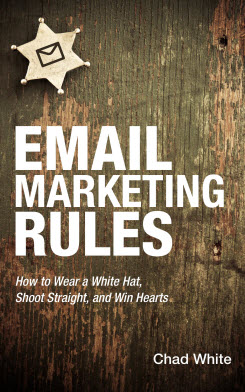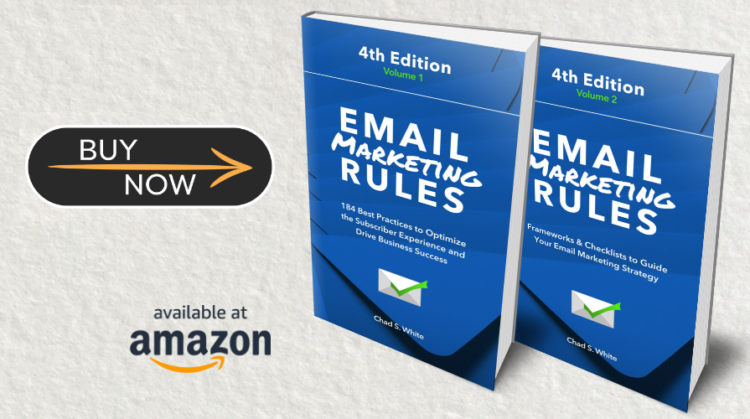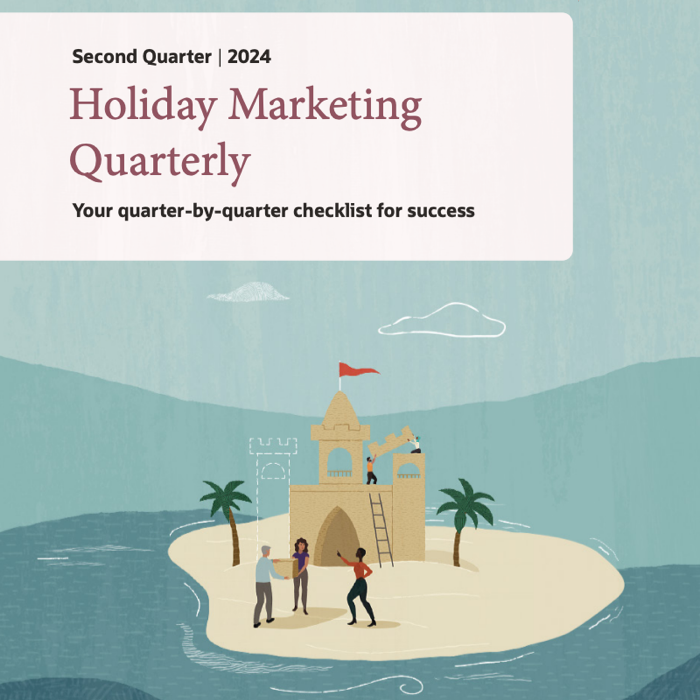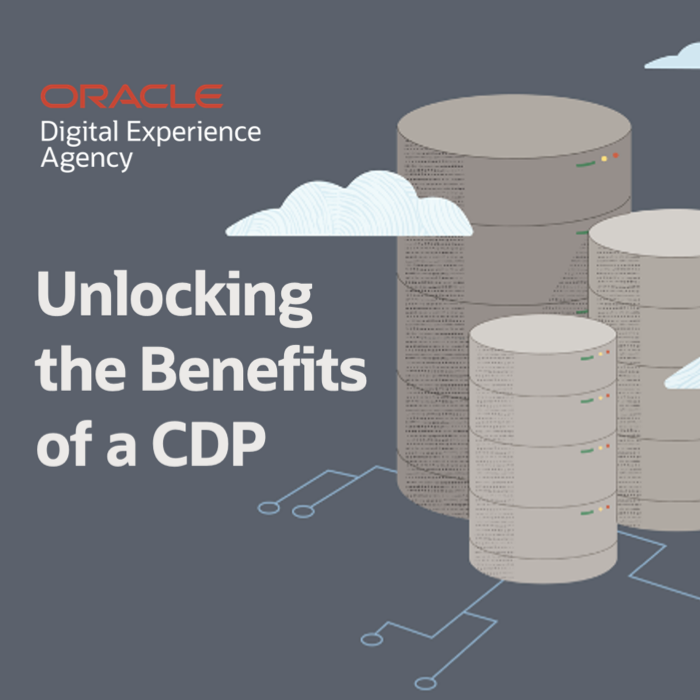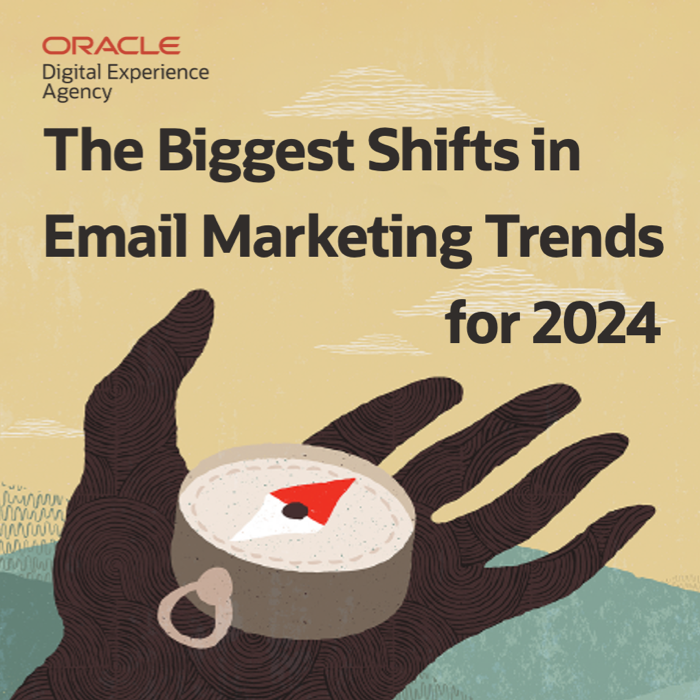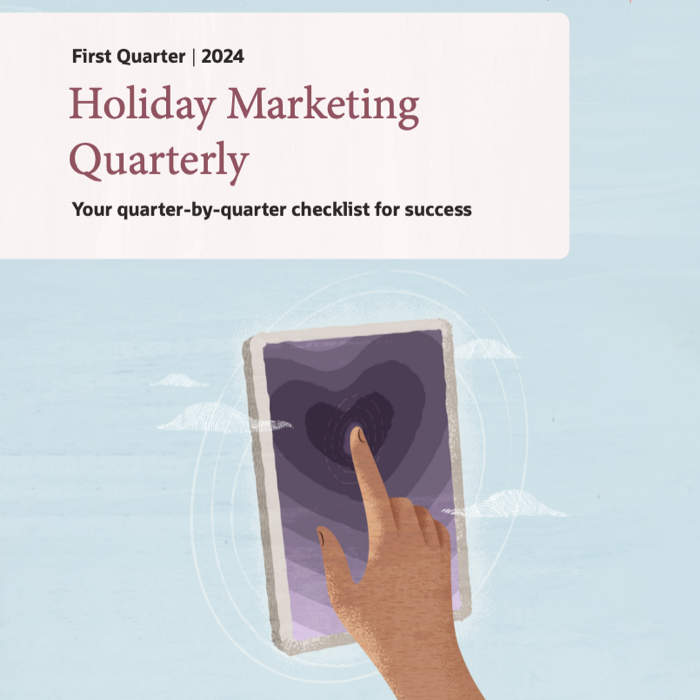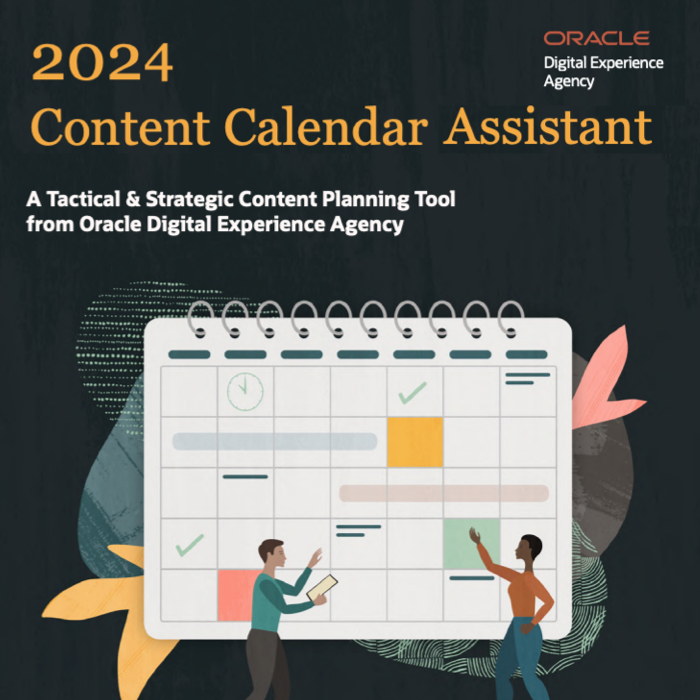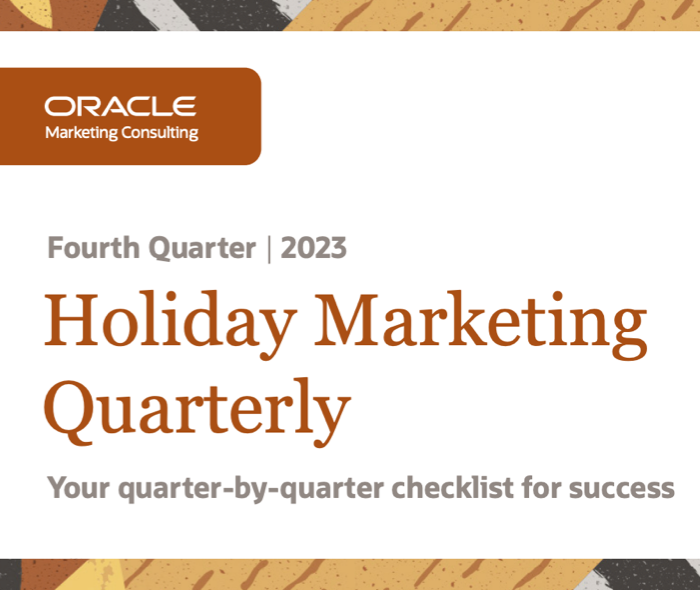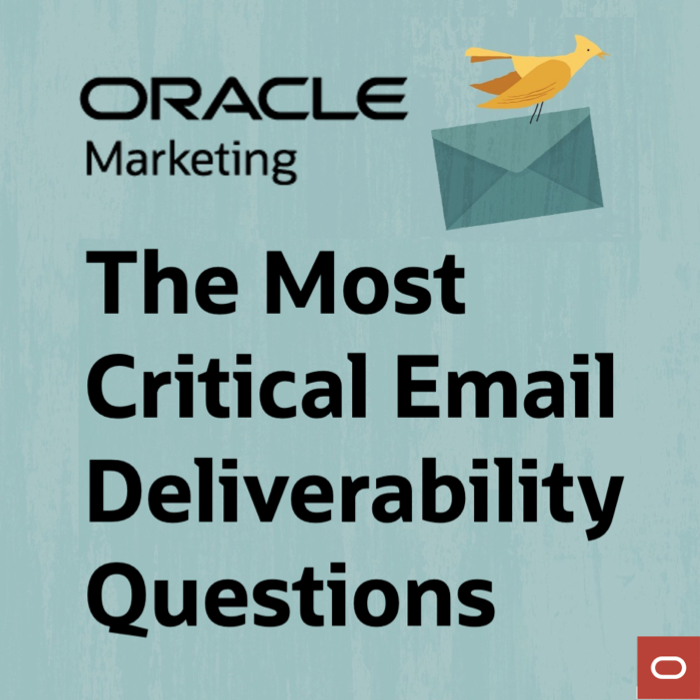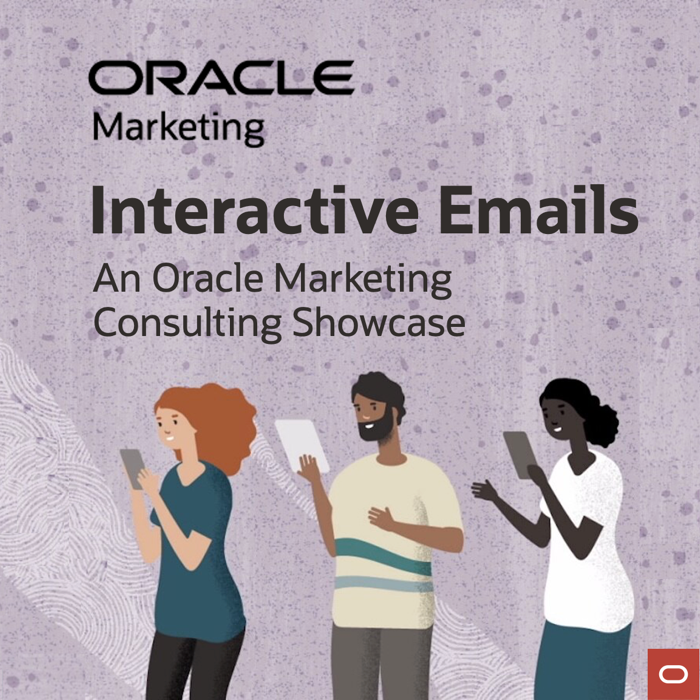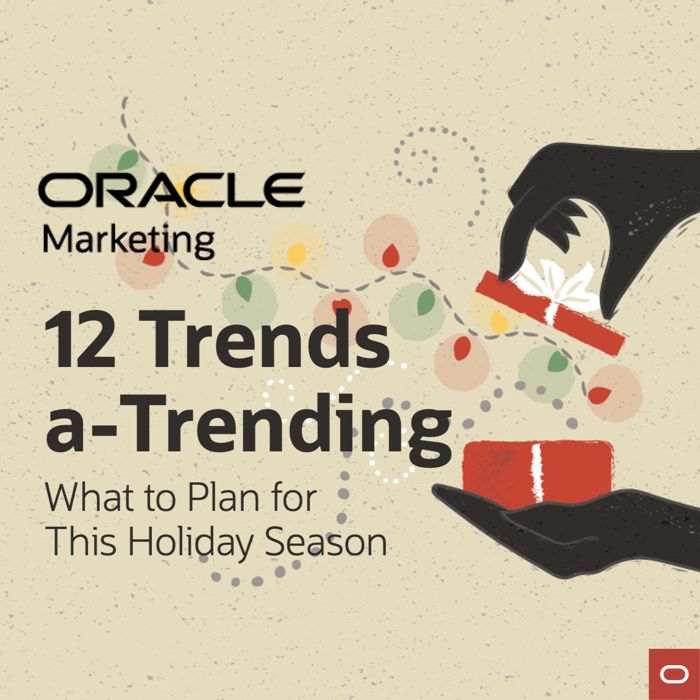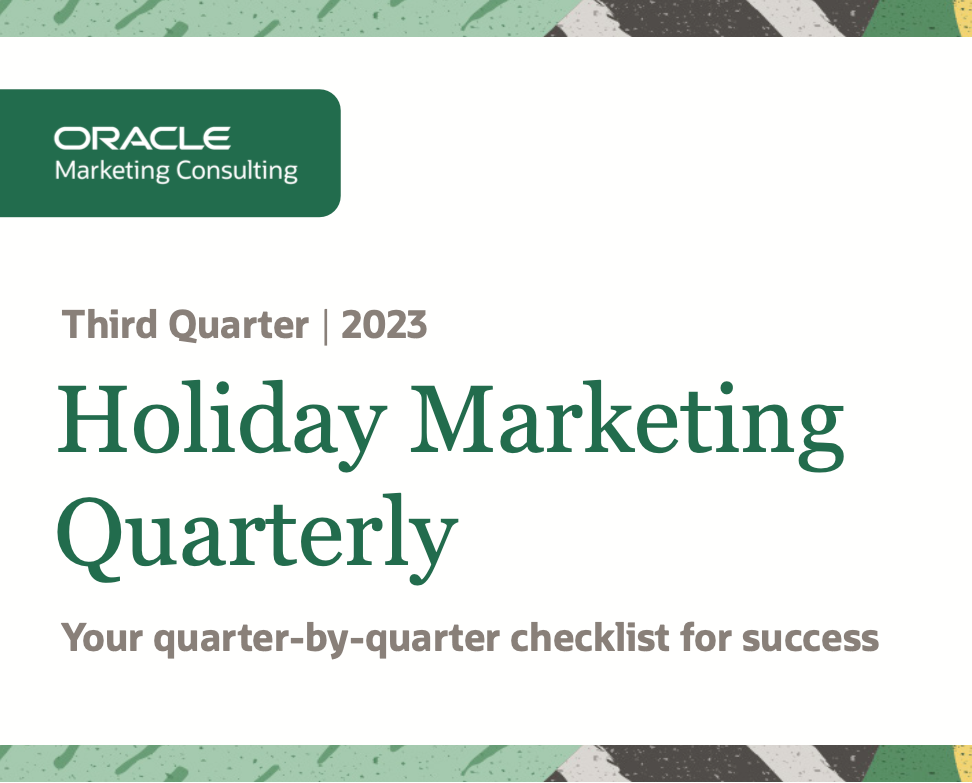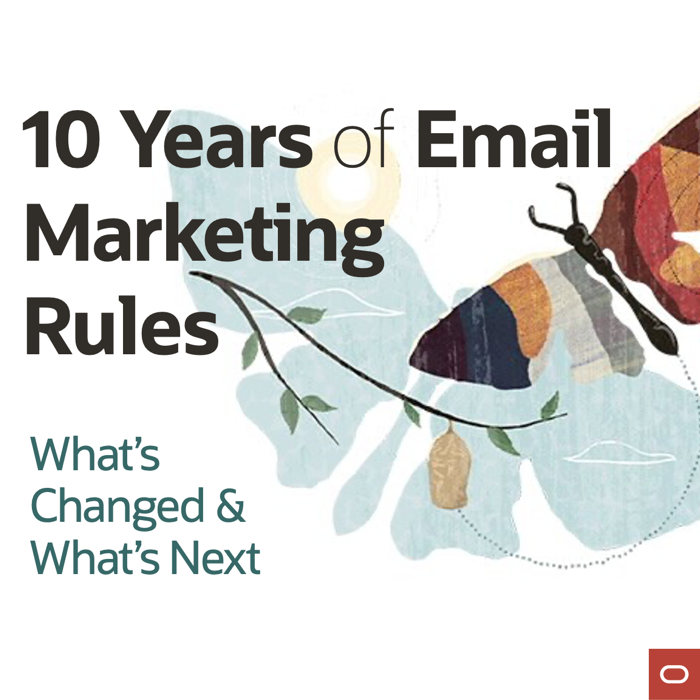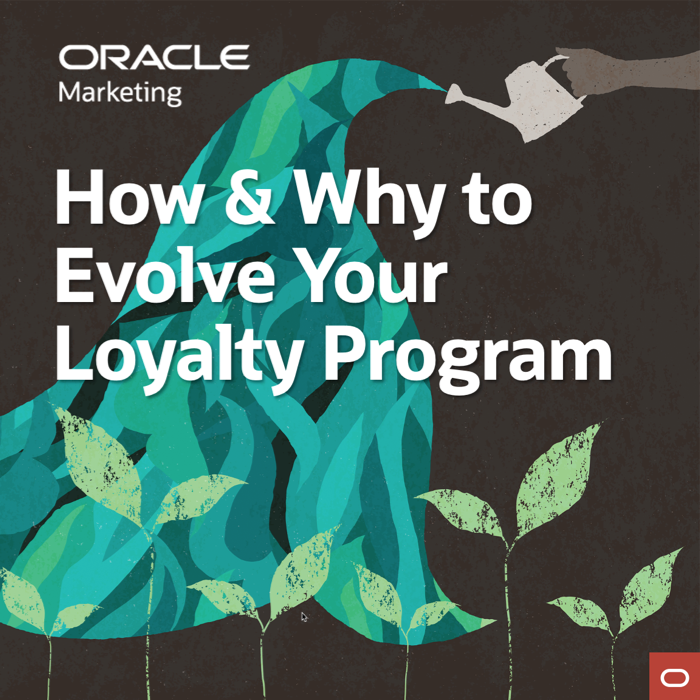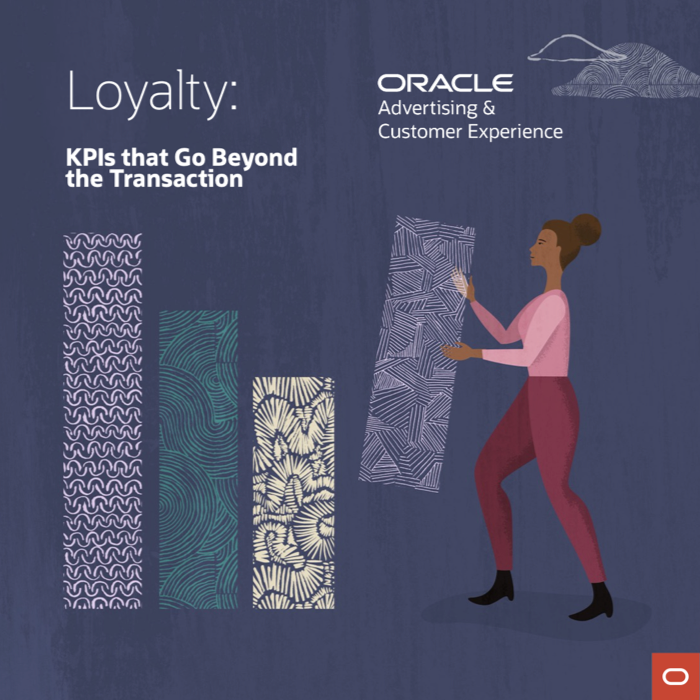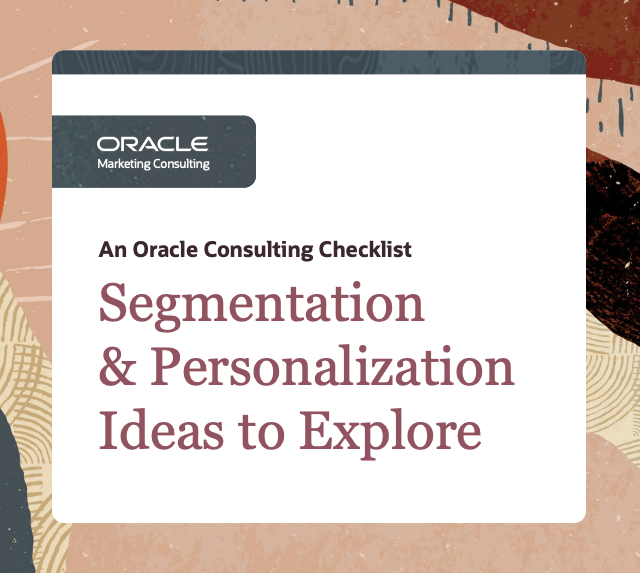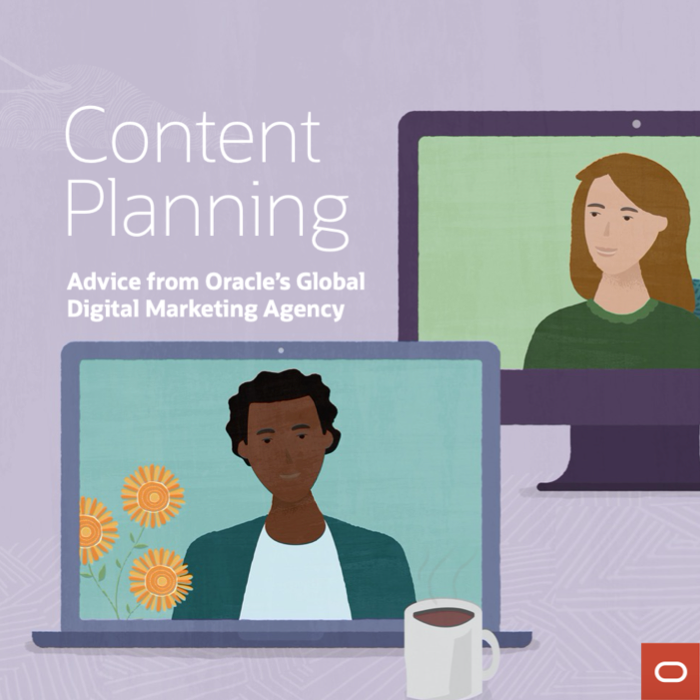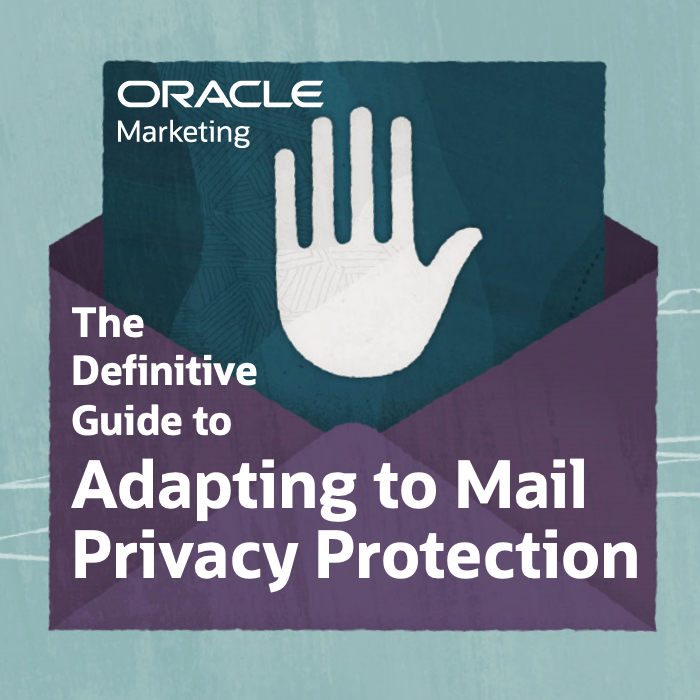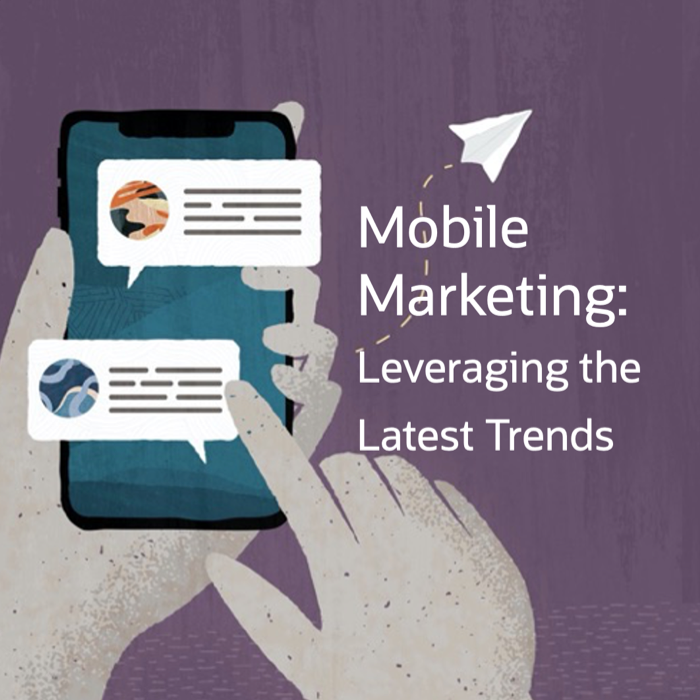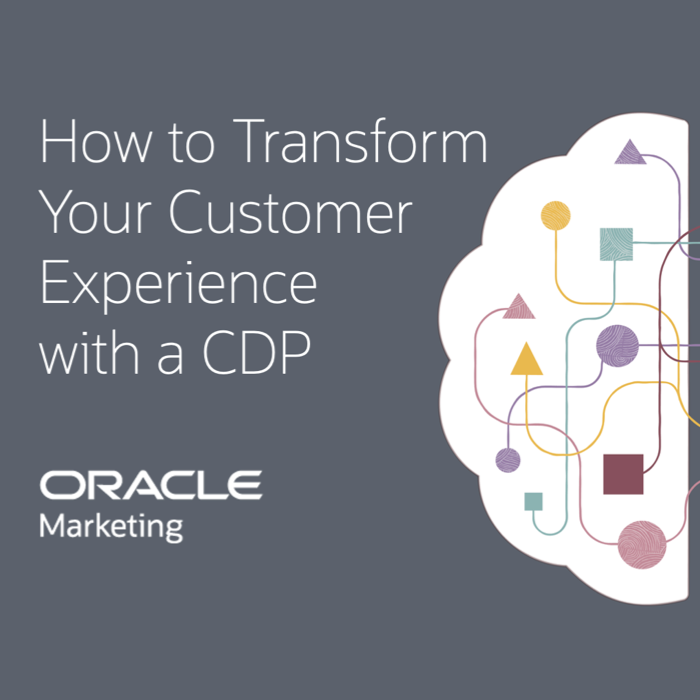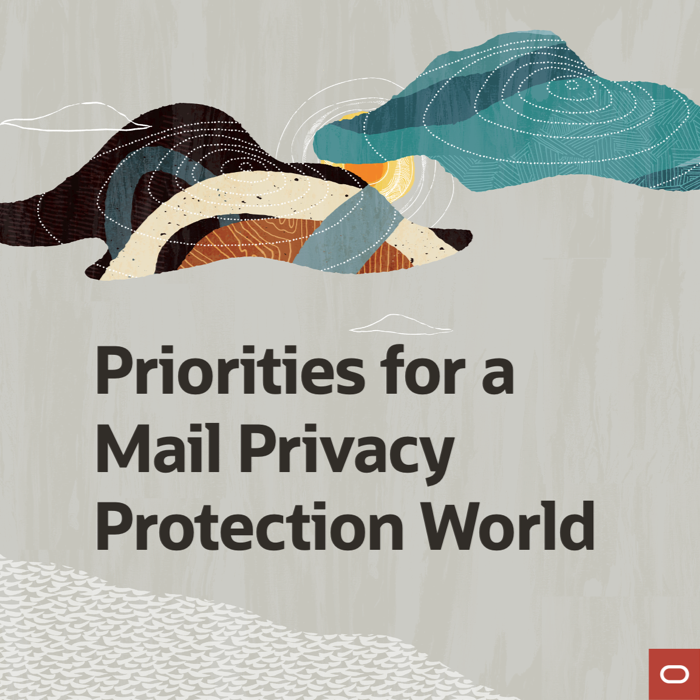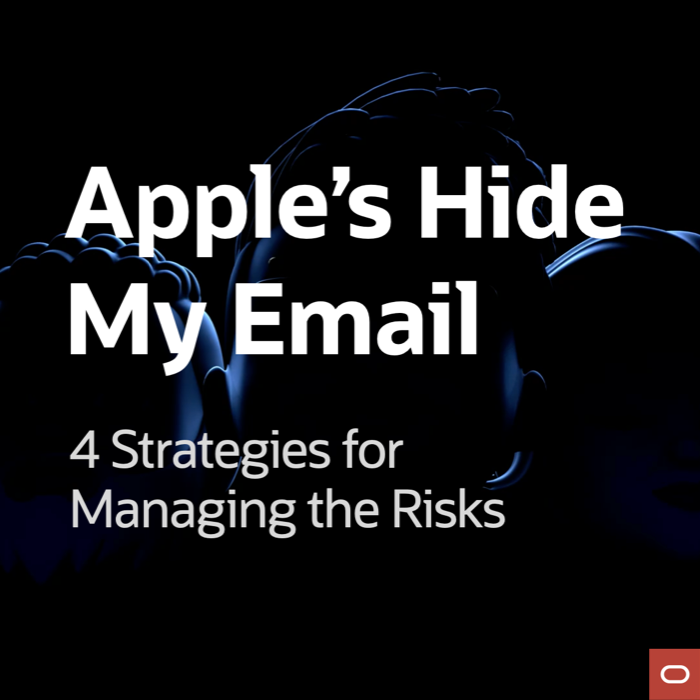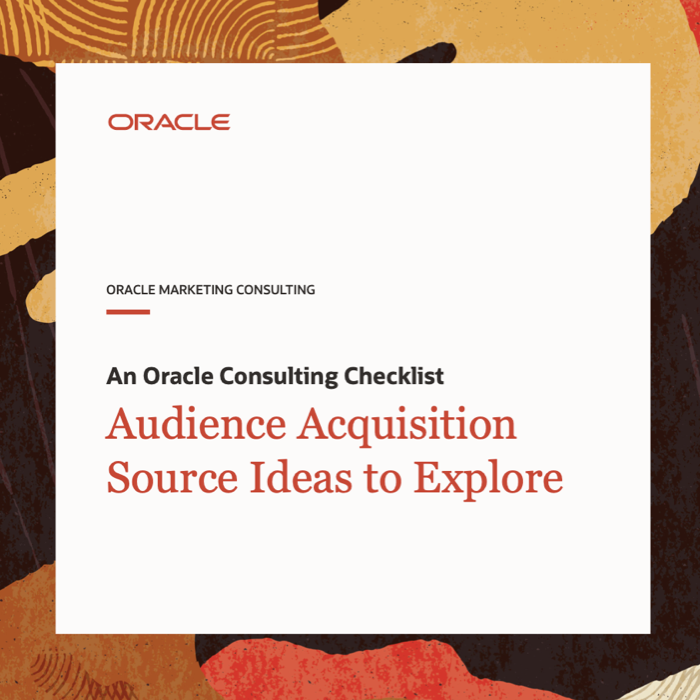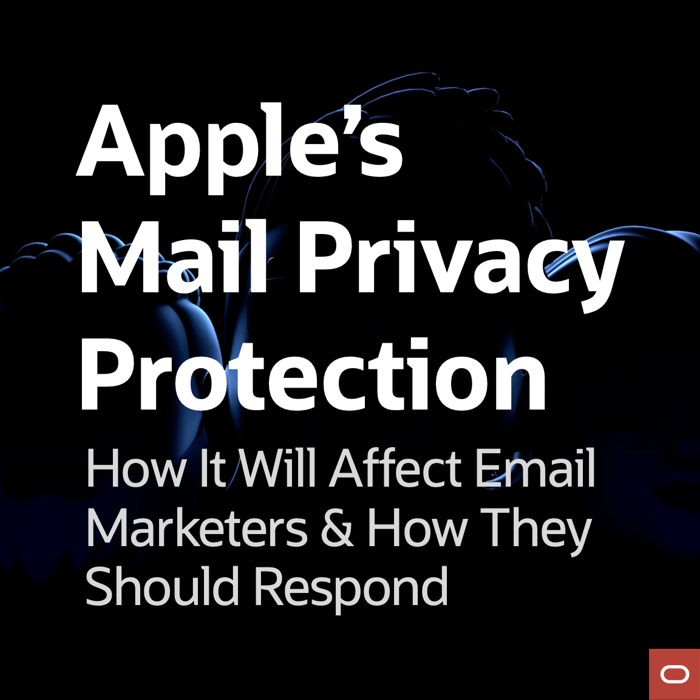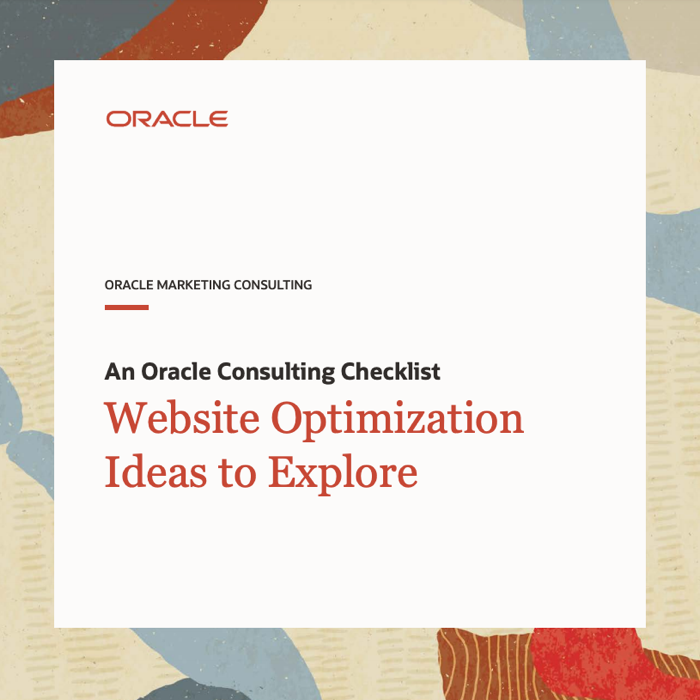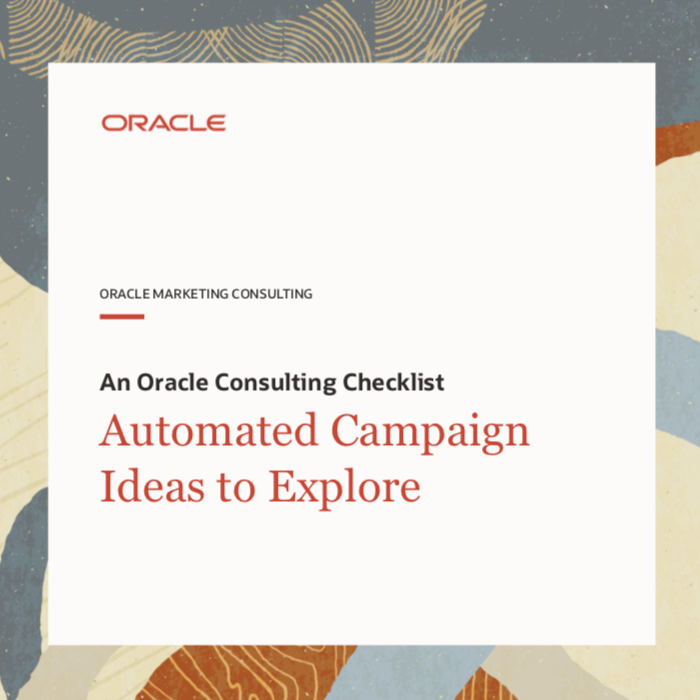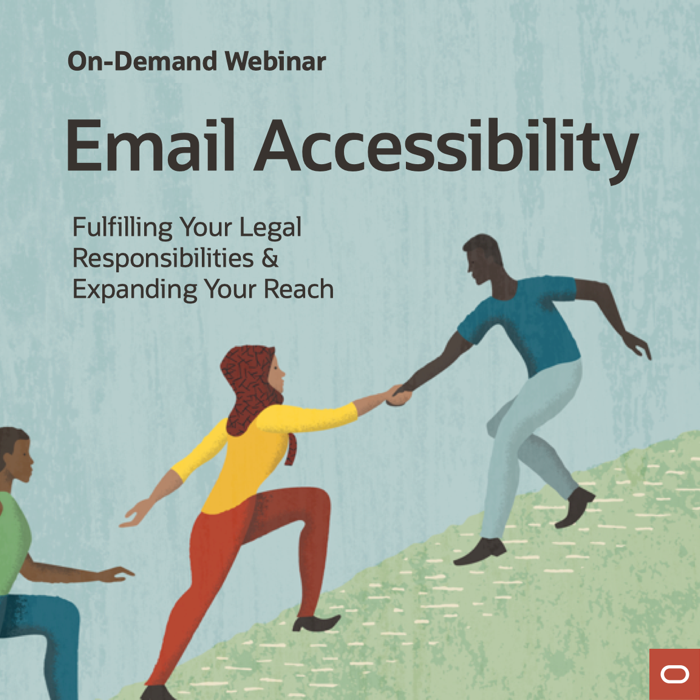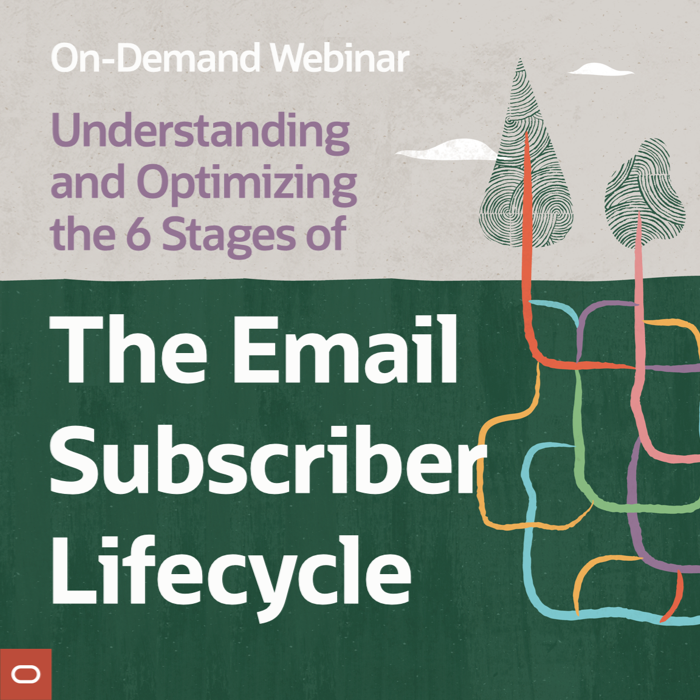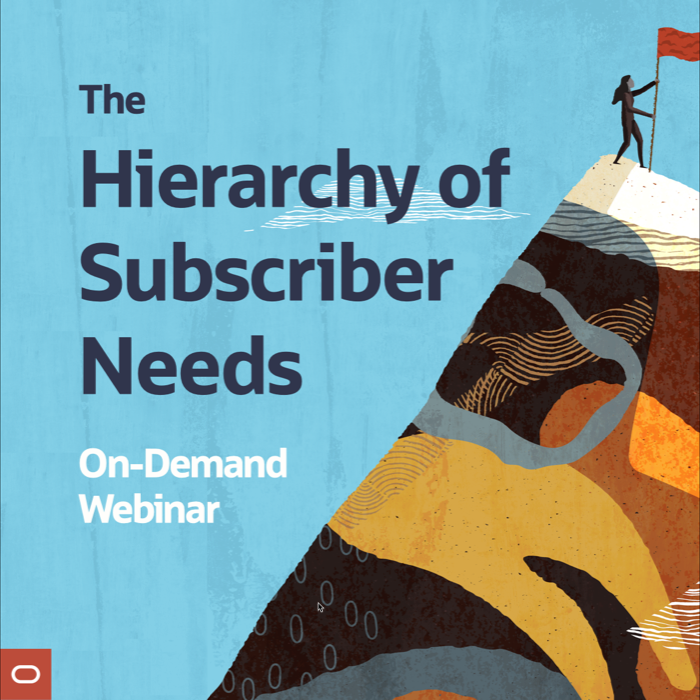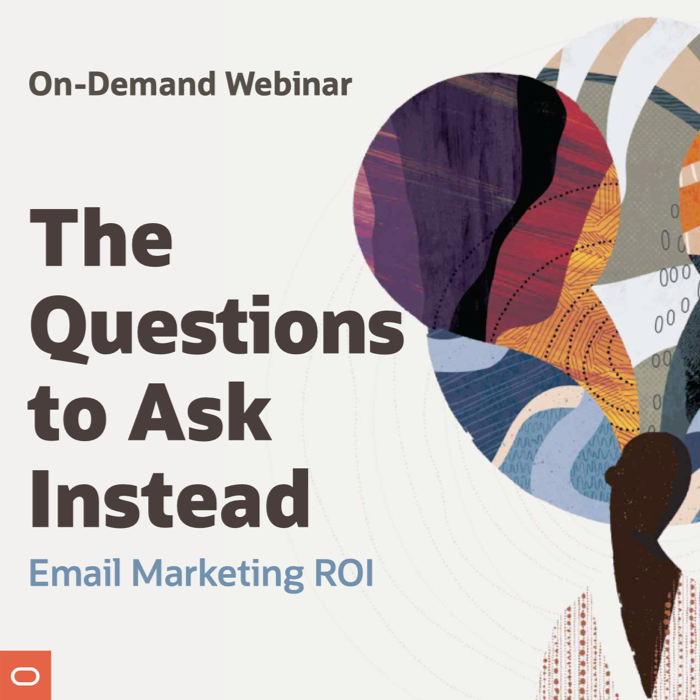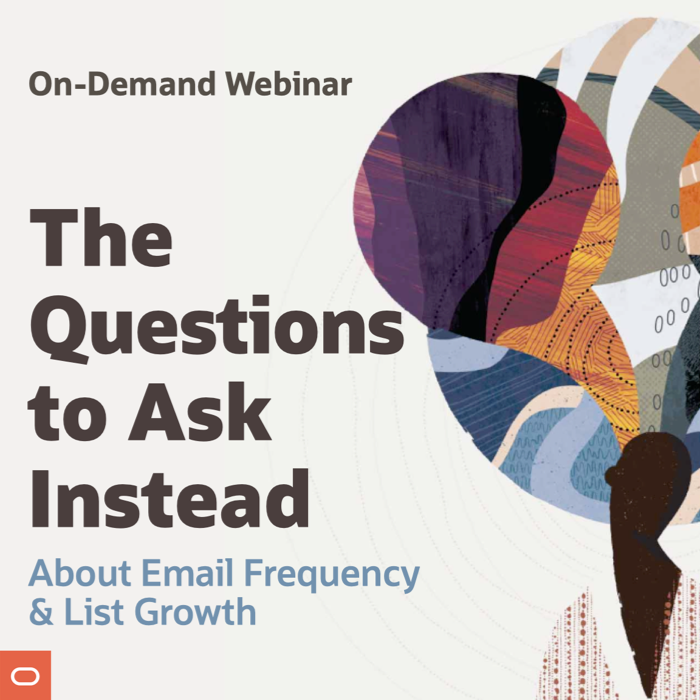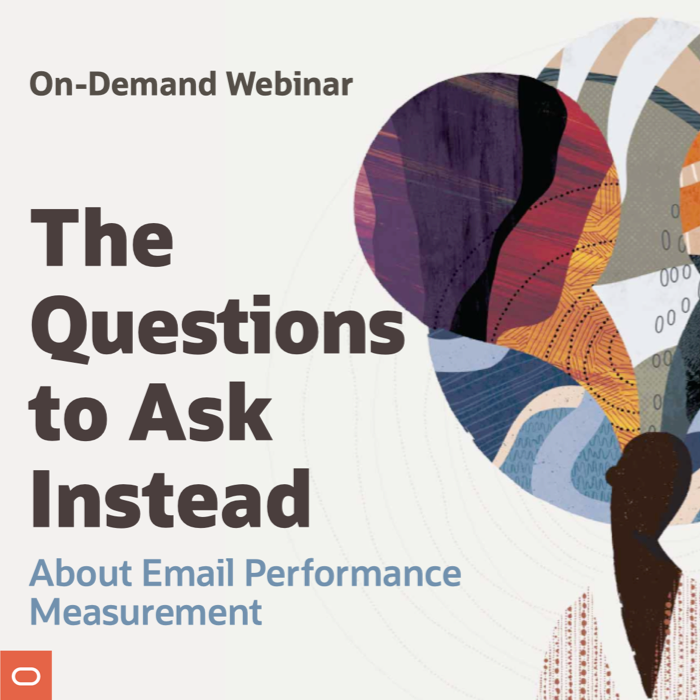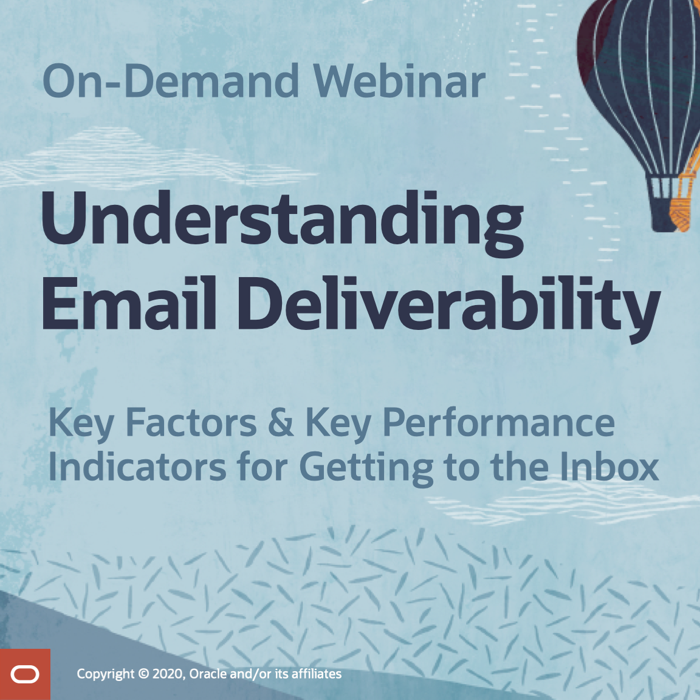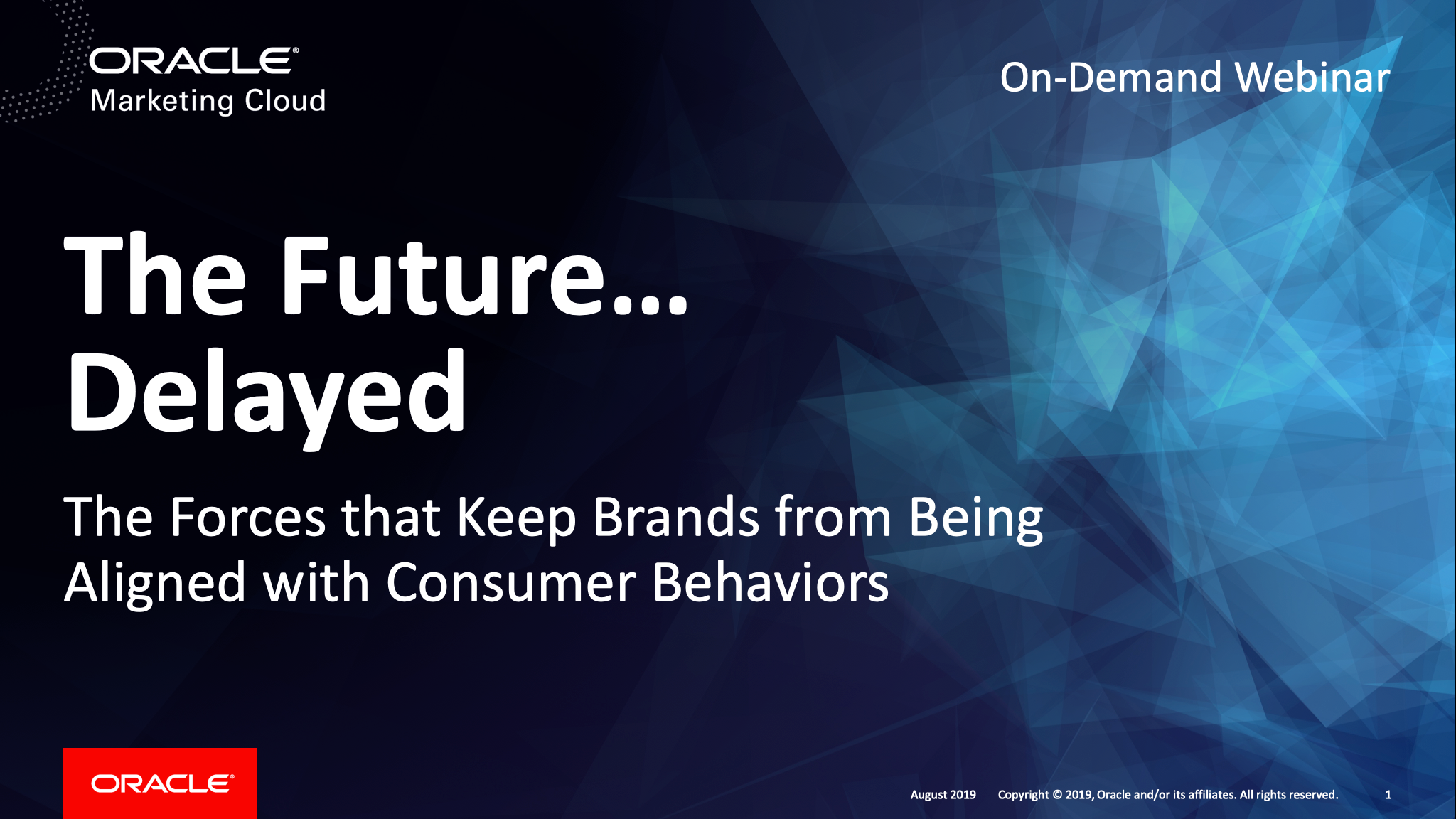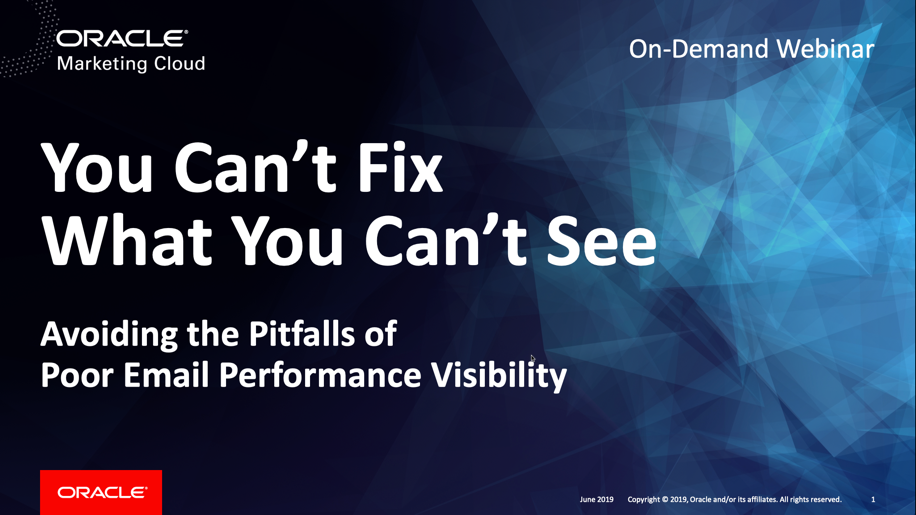In Defense of ‘Low’ Open Rates
Posted on February 26, 2013
 No one wrings their hands over email marketing’s stellar ROI, but I’m surprised by how often a big deal is made out of “low” open, click and conversion rates. Everything is about perspective. And that’s absolutely the case when looking at open rates, which can be highly misleading, especially when compared over long periods of time or between different companies.
No one wrings their hands over email marketing’s stellar ROI, but I’m surprised by how often a big deal is made out of “low” open, click and conversion rates. Everything is about perspective. And that’s absolutely the case when looking at open rates, which can be highly misleading, especially when compared over long periods of time or between different companies.
But even when you add in opens when images are blocked and plain text email opens, the resulting “read rate” can still be quite misleading. For example, Return Path recently released fourth quarter 2012 data showing that the percentage of emails from retailers that were read fell to 15.2% from 17% in the fourth quarter of 2011.
On the surface that doesn’t look so great, but if you look deeper there’s much less cause for concern, if indeed any is warranted at all… Read my entire Email Insider column >>
Email Marketing Is Blind in One Eye
Posted on February 21, 2013
Measuring the performance of your email marketing efforts is critical. It’s vital to maximizing program revenue, as well as subscriber happiness.
But email marketing is not nearly as measureable as we like to think it is. Ignoring how unreliable so-called “open” rates are, subscribers react to our emails in a lot of ways that we simply can’t measure.
For instance, receiving an email may prompt subscribers to visit your website by typing in your URL into their browsers instead of clicking through. They may also visit your store and not use any kind of traceable coupon. Or tell a friend about the product or promotion you highlighted in your email. Or use a different email address to make purchases than they use to subscribe to promotional emails.
Depending on your business, you may only be able to measure as little as half of the influence that your email marketing efforts have. And I’m just talking about the positive influence. We’re even worse at measuring negative influence, if we bother to measure it at all.
Our inability to fully measure the positives shouldn’t keep you from enacting customer-friendly initiatives. For instance, today on the #ETcafe Twitter chat, I brought up using discount codes in subject lines as an example of action without opens. I was asked if I had data on how they perform. I don’t and said that the effect would probably be difficult to measure, that it was kind of a leap of faith.
I can’t think of any possible downside to trying this tactic other than the fact that it would be hard to determine whether it was technically a success. That seems like a bad reason to not do something that’s user-friendly. Heck, using promo codes in preheaders is already fairly common, so marketers clearly recognize the benefits of placing codes up high and in snippet text.
On the other hand, our inability to fully measure the negatives should give us serious pause. For instance, a marketer recently told me that they started sending browse-based and cart abandonment emails to non-subscribers and asked if I had any concerns about that, particularly Big Brother concerns.
Whether or not subscribers feel stalked is a very distant second to my concerns that the brand doesn’t have permission to email those customers. And the danger really isn’t spam complaints—although those are guaranteed—so much as this tactic teaches visitors that they are going to get unwanted emails if they visit the brand’s website. The consequence of that is that some customers will do their browsing (and therefore buying) elsewhere. It’s the equivalent of avoiding a store because they have aggressive sales associates. To me, that negative is monumental—and is likely the reason that not a single major retailer that I’m aware of takes this risk.
A Focus Group of One
Posted on February 20, 2013
I’m a big fan of WhichTestWon. It’s a good, regular reminder that while my gut is pretty good at this point, it’s far from reliable—especially when I’m in unfamiliar territory. In the absence of firm knowledge or solid data to draw upon, you are pretty much left with your personal biases.
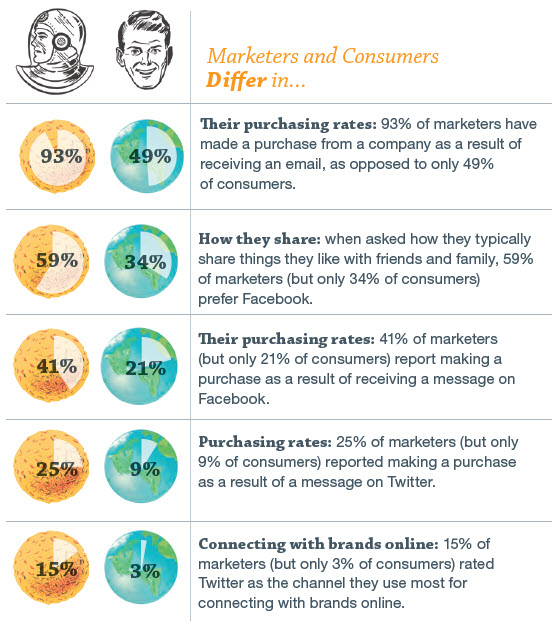 That’s a dangerous place for marketers to be, since our behaviors are often very different from the average consumer’s. As revealed by Marketers From Mars, the latest report in the Subscribers, Fans and Followers series, marketers are much more tech-savvy than the average person, are more involved in social media, and make more purchases online. It’s also fair to say that marketers are less concerned about their privacy and much more enamored with the next new thing.
That’s a dangerous place for marketers to be, since our behaviors are often very different from the average consumer’s. As revealed by Marketers From Mars, the latest report in the Subscribers, Fans and Followers series, marketers are much more tech-savvy than the average person, are more involved in social media, and make more purchases online. It’s also fair to say that marketers are less concerned about their privacy and much more enamored with the next new thing.
One of the most impactful findings is that owning a smartphone made consumers more likely to be a subscriber, fan and follower. Owning a smartphone actually made consumers nearly 3 times more likely to follow at least one brand on Twitter. But while 90% of marketers have a smartphone, only 51% of consumers do. That gap will surely narrow over the coming years, but it will likely remain very significant in terms of how marketers adjust their email and other marketing efforts to smartphone users, while still serving feature phone users.
Another important finding was that there are significant differences between which channels marketers are eager to invest their time and resources in and which ones consumers wish marketers would invest in. The two channels that marketers seem to be underinvesting in are email and in-store help. And the areas where marketers appear to be overinvesting include product content, smartphone apps and Twitter.
It’s always a good idea to be responsive to consumer needs, but there are a couple of considerations to be mindful of:
First, keep an eye on how much of an investment it takes to move the needle on improvements. Consumers may want more in-store help, but depending on your store base it may cost a lot to hire more store reps, improve store rep training and knowledge, and increase the self-service options to the point that it makes a difference. You’re likely to get a much higher return on investment by putting those resources into email or elsewhere.
And second, you should listen more to what your most valuable customers say. I’m a big believer in the 80/20 rule and that you should listen closely to that 20% of your customers who are driving 80% of your sales. For instance, your customer base as a whole may not be all that enthralled by mobile apps, but if your best customers are heavy users or would like to see improvements then you’d be wise to listen to them.
Welcome to Email Marketing Rules
Posted on February 18, 2013
The final rule in my upcoming book, “Email Marketing Rules,” is The Evolving Rule, which says:
Be constantly learning, experimenting and testing because email marketing is always evolving.
While books are great at building a foundation of knowledge, they’re not good at keeping you up to date on the latest thinking, which is particularly vital in an industry as dynamic as ours.
To that end, every week on this blog I’ll highlight current examples of brands that are making the most of best practices and others that could be doing better. I’ll offer tips to help you improve your email marketing program, share inspiring subject lines and email creative, and also point out must-read articles and tweets from others in the industry.
I hope you’ll join in on the conversation here and on Twitter (@chadswhite).
-Chad White
 Email Marketing Rules
Email Marketing Rules